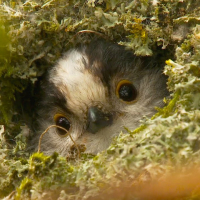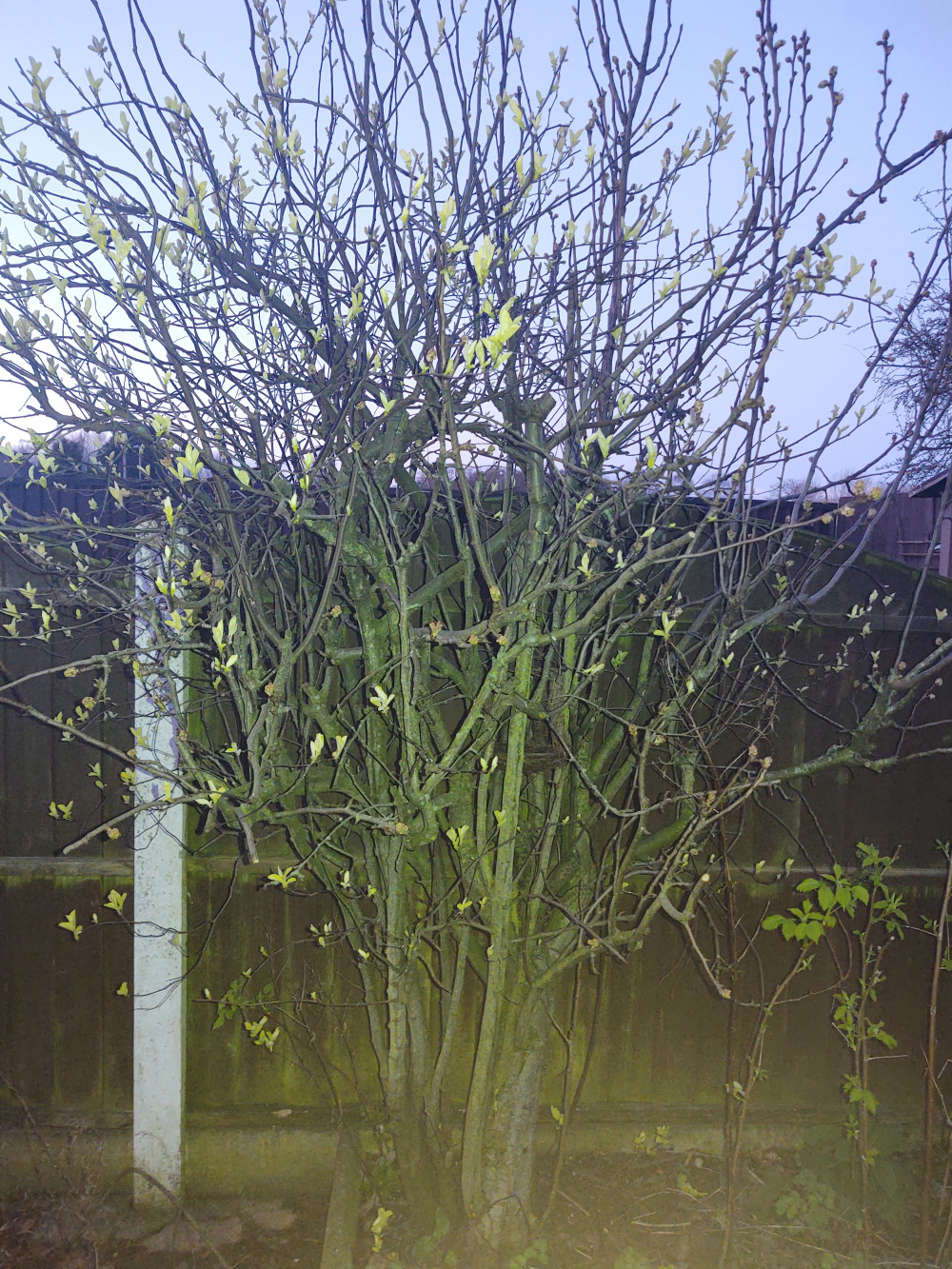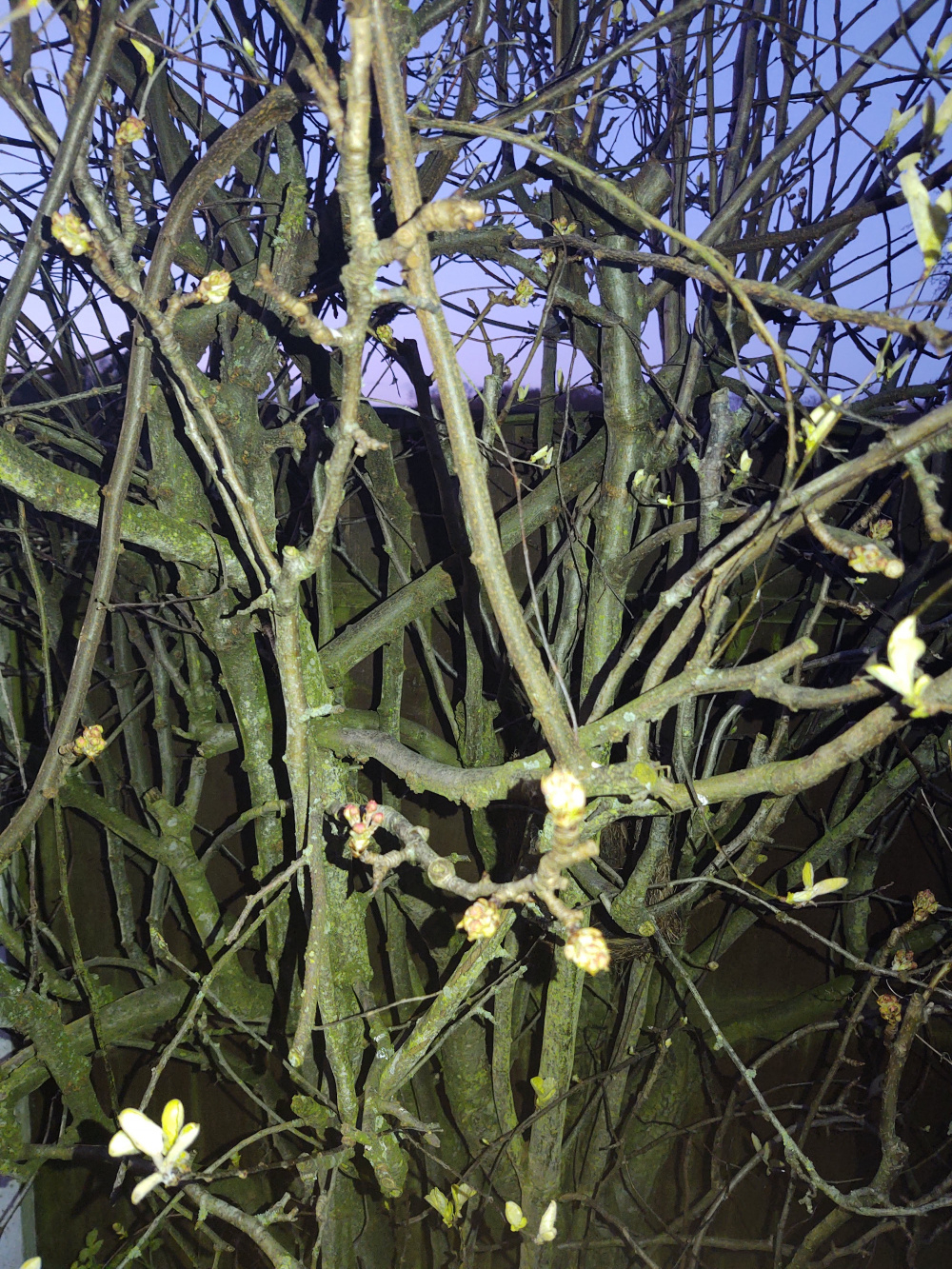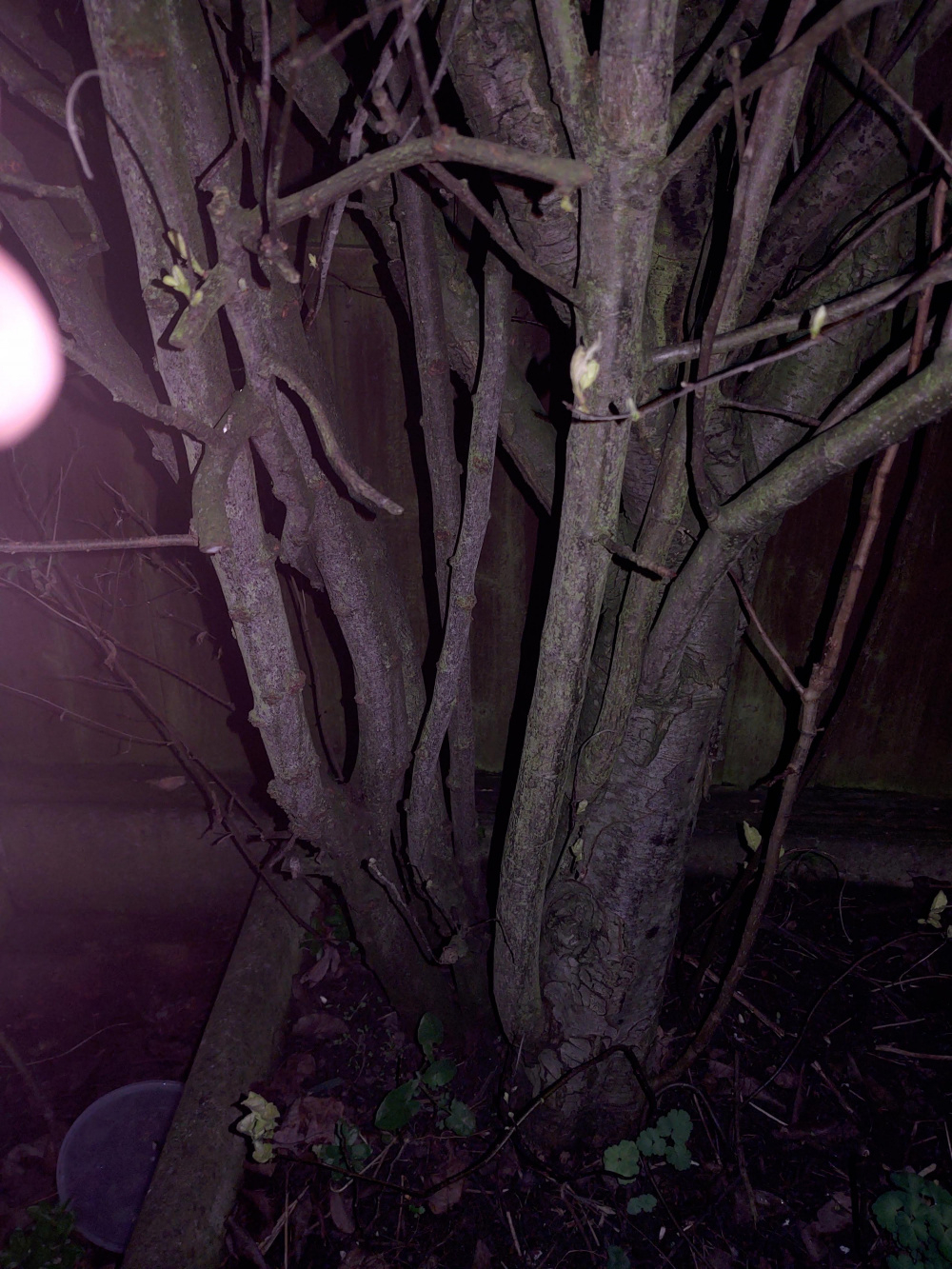This Forum will close on Wednesday 27 March, 2024. Please refer to the announcement on the Discussions page for further detail.
Pear problems
 EricsGarden
Posts: 151
EricsGarden
Posts: 151
in Fruit & veg
We moved home in Jan 2018 and our garden has two pear trees. One has had plenty of fruit each year. The second one had no fruit at all in 2018 (that long hot summer) and the previous resident said it never has fruit but she never did anything to any of them. In early 2019 I pruned the tree quite a lot and that summer we had about 5 fruits on the whole tree.
This tree is different to the other that bears lots of fruit. If you look at the photos below you'll see it has lots of trunks. There are three coming out of the ground, whereas the tree that has lots of fruit only has one. As you get higher branches start to crisscross eachother. There were lots of branches touching and rubbing against eachother. I have cut away lots of these crossing branches, but there are still a lot.
I'm wondering if I should cut down the others so there's only one main tree trunk.



This tree is different to the other that bears lots of fruit. If you look at the photos below you'll see it has lots of trunks. There are three coming out of the ground, whereas the tree that has lots of fruit only has one. As you get higher branches start to crisscross eachother. There were lots of branches touching and rubbing against eachother. I have cut away lots of these crossing branches, but there are still a lot.
I'm wondering if I should cut down the others so there's only one main tree trunk.



0
Posts
I don't think it should look like a normal tree and I have no other problem with it, I'm wondering if it would be better off or not and if the lack of fruit is a signal that it's not as happy as it could be.
As a plant I'm perfectly happy with it, but I would be happier knowing it's happy and even happier than that it if had fruit.
We attract a lot of birds to the garden now, and I do mean a lot. Birds of prey are following them now with increasing frequency. So that tree is one of five trees in the garden (inc two evergreen) that provide vital cover for the birds. So it's more than welcome to stay.
So it seems you were absolutely right about the root stock!
In this first photo the two plants branches are mostly all mixed, but it's clear to me there are many fewer branches with flowers than branches with leaves, which explains why there was so little fruit.
In the second photo of the other pear tree, it's a bit easier to see that to the left of it there is another tree growing with the same light coloured leaves. We never noticed this tree until now.
Orange = branches with flowers
Blue = branches with only leaves